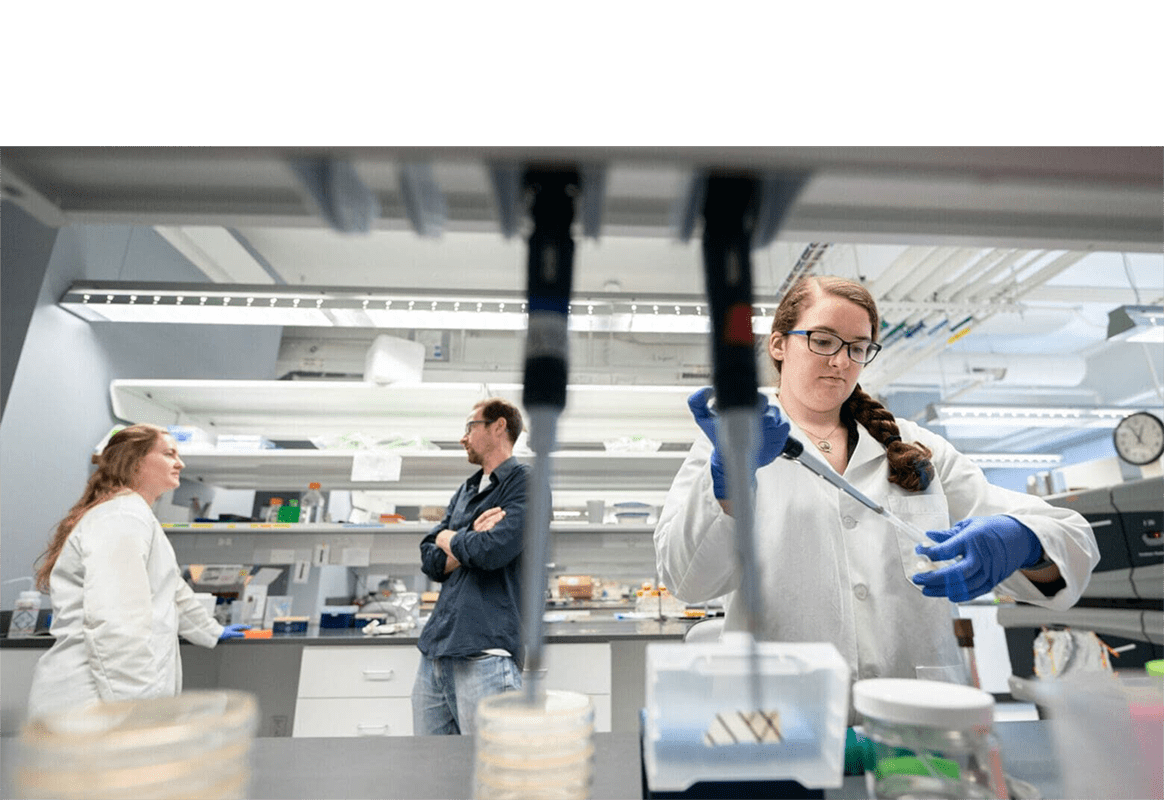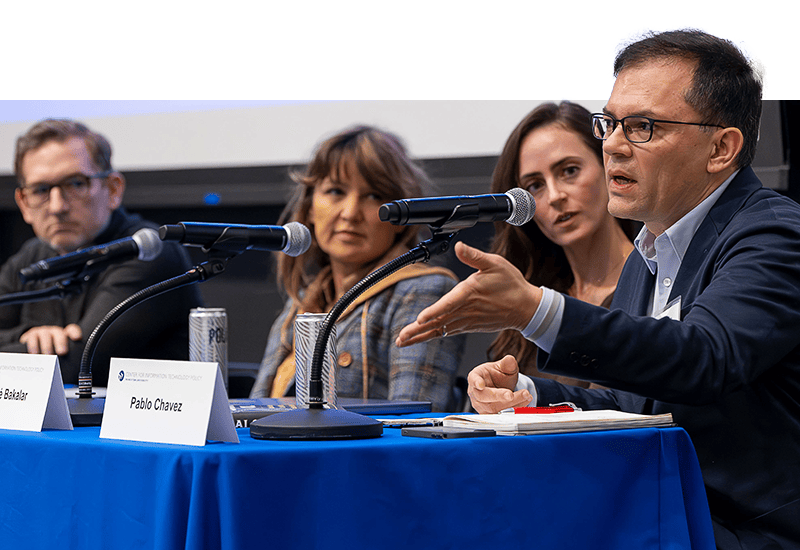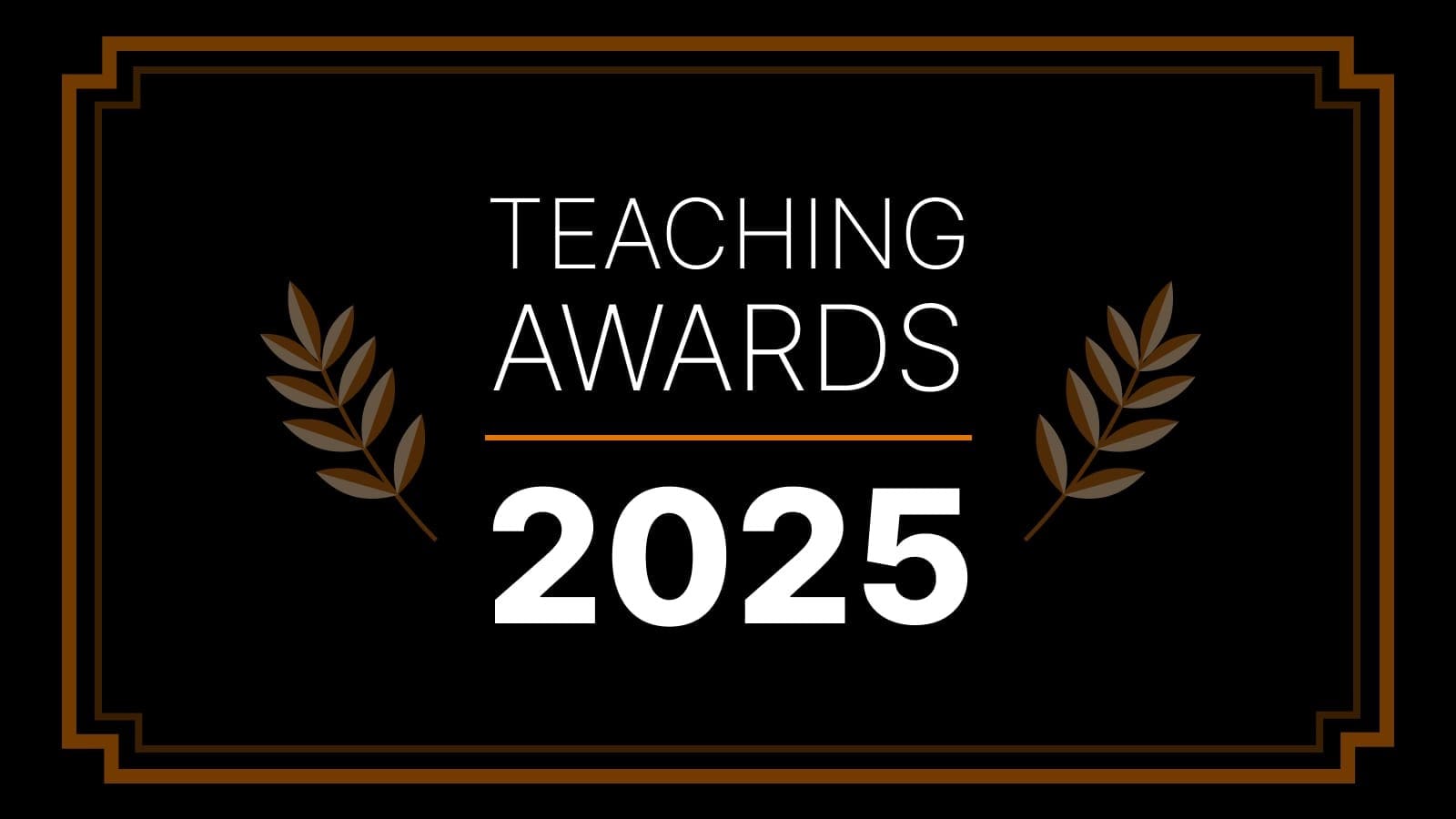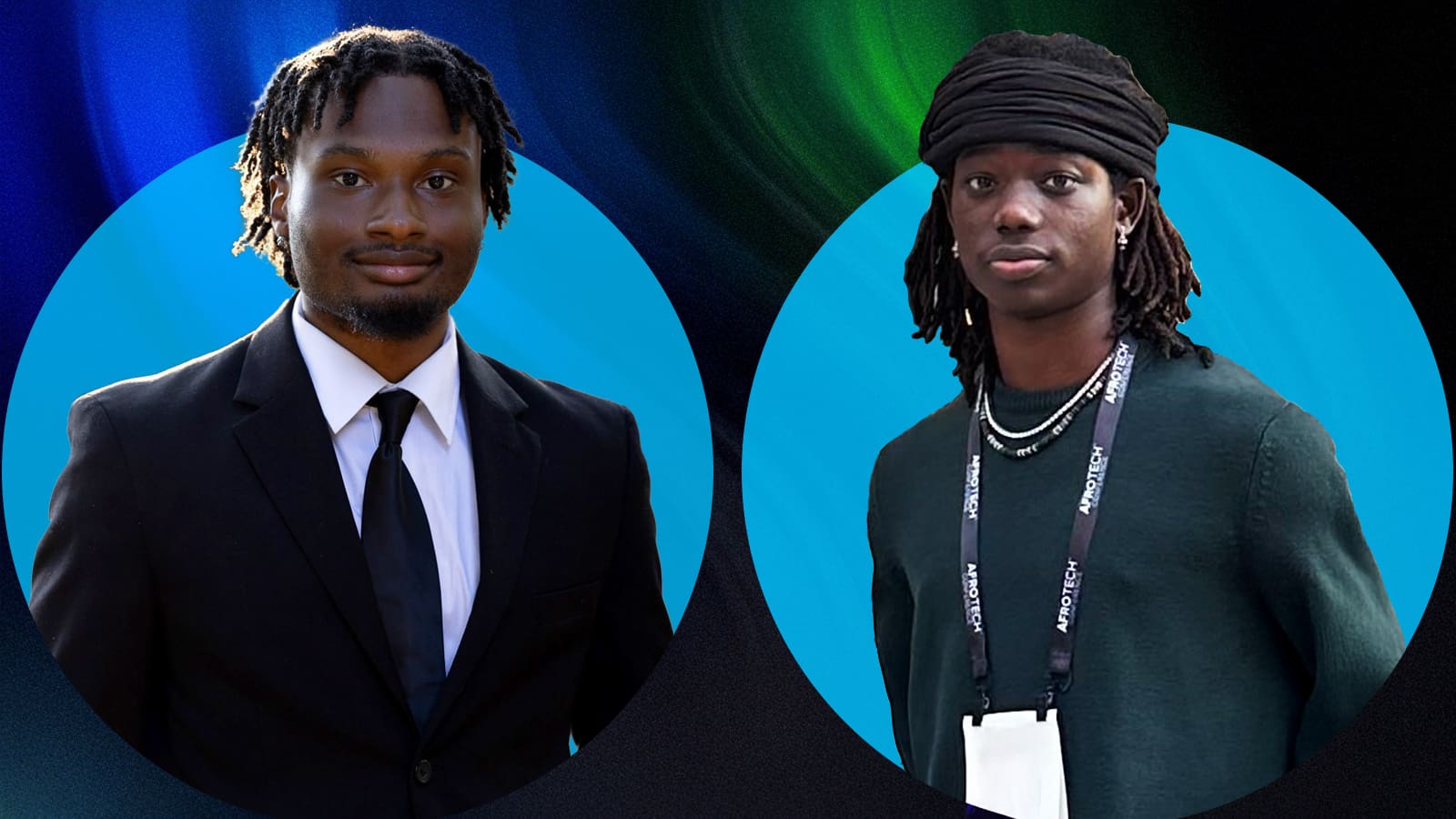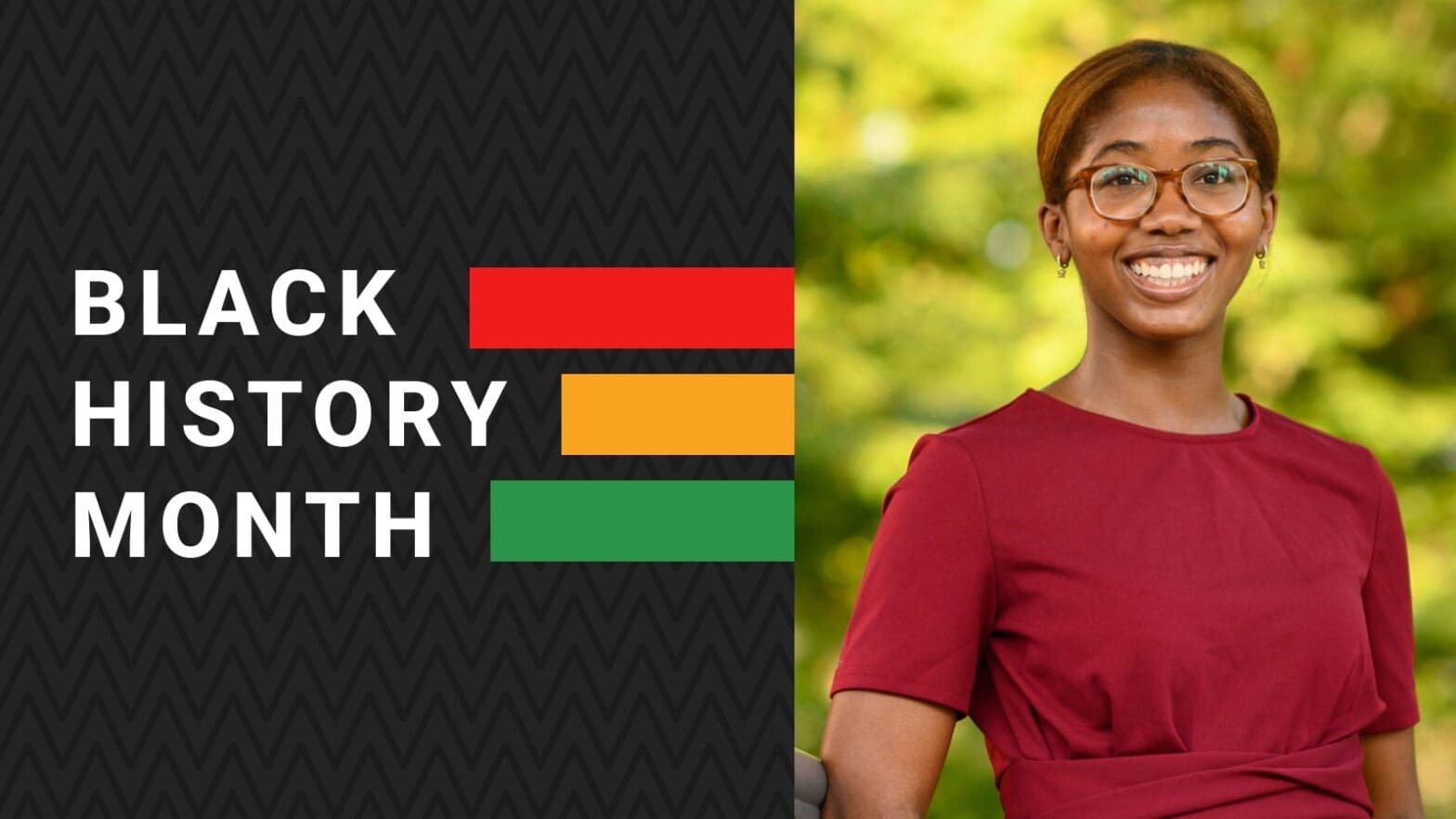
Civil engineering student pursues policy and design, leads campus network of Black engineers
By
on
This is from the series Black History Month

A junior concentrating in civil and environmental engineering with a certificate in urban studies, Cornelius grew up in the Atlanta area. She is the current president of the Princeton University chapter of the National Society of Black Engineers (NSBE).
This past December, Cornelius and her twin sister, who studies electrical engineering at Harvard University, traveled to Armenia, where they taught teenagers to use design software at the TUMO Center for Creative Technologies. In January, Cornelius took a research trip to Iowa, working with graduate student Moriah Hughes on a study of barns’ resilience to extreme winds.
She’s excited by work at the intersection of business, engineering and environmental policy, and aspires to play a role in “large-scale infrastructure projects that would impact a lot of people. I could see myself managing something like that and seeing it come to fruition,” she said.
In recognition of Black History Month, Cornelius recently spoke about her internship experiences, the importance of NSBE, and how first-year coursework “rewires your brain” to think like an engineer.
How did you get interested in civil engineering?
It started very young. My dad’s also an engineer, so even from a young age I wanted to follow him. In middle school we had an engineering club that I got involved in. It was mainly focused on robotics, but it got me into building things and using my hands. Then in high school I started taking engineering courses, and that’s when I started getting interested in civil engineering specifically. I got introduced to AutoCAD and Revit [design software], and we had a wood shop in the back of our engineering class, so I would just sit there cutting wood. I made a simple toolbox and a plaque, and we also cut steel for an autonomous robotic car. That introduction to being able to design things and then actually see them made was exciting for me.
On a broader scale, I started thinking about how I could build bridges and buildings and things that people actually use, and tying in an environmental component. I’m interested in sustainability and how nature comes into play in building. Civil engineering represents how you can mix those two together and create more sustainable infrastructure.
Can you talk about the different internships you’ve done?
During the summer of 2020 I was a State Carbon Pricing Network fellow at Climate Xchange. It was all virtual, and we met once a week with our team and talked about the different work we were doing. I was assigned to the state of Pennsylvania, and a lot of my job was working to understand the state’s current climate policies and what work was being done to combat climate change. I got in touch with some policymakers, and it was interesting because they were in the middle of passing the Regional Greenhouse Gas Initiative [Pennsylvania has yet to join]. It was going back and forth between the House and the Senate, so I got to follow those dynamics.
The work also got me thinking about environmental injustices. I focused on power plants in Pennsylvania and how they have been positioned [disproportionately] in communities of color, and how that has consequences for people’s health. I also wrote an article for Princeton EcoReps about the environmental injustice of lead poisoning from water. That work gave me a good background in understanding the dynamics around environmental policies.
My summer 2021 internship at AECOM [infrastructure consulting firm] was also virtual. I was in the aviation department, working on an airport project in Lihue, Hawaii. They were demolishing their current runway system and taxiway system, and we were trying to redesign and update their airport, in part to attract more tourism.
I hadn’t ever considered going into the aviation industry, and I didn’t realize before how it was so tied to structural engineering. I liked working with a team of engineers to understand the different components that go into it. I also visited LAX and the San Diego airport on a special tour. We went to some of the hidden parts of the airports, and I got to see the project management side of all the steps that it took to complete an airport.
How did you get involved with NSBE, and why is the group important to you?
I first got involved in NSBE in my junior year of high school. We went to the national conference, which is really what sold me on the organization. There were hundreds of people there, and we got to meet so many different Black engineers. Some heads of companies were on a panel telling us about their experiences. There were also sessions focused on different types of engineering, and a career fair.
When I got to Princeton I reached out to the president at the time, Winfred Darko [now a software engineer at Amazon]. He saw that I was passionate about getting involved, so I started organizing a couple of events, and then my sophomore year I was secretary, and then I decided I wanted to run for president.
My hope for NSBE is to continue to increase our positive impact and presence on campus. It really serves two purposes: One is making that connection between professionals and our students, and giving students the opportunity to see what possibilities are out there, instead of feeling like they have to follow a certain path or like there’s only one option for them. The second purpose is to provide a space for everybody to meet other Black engineers on campus. Especially as upperclassmen we get kind of spread out as we get more into our concentrations, but NSBE is a place for us to meet up.
Also, when I started at Princeton it really helped to have a mentor in the club who was also in civil engineering. She was a junior at the time, and she guided me through what to expect in the first couple of years, which helped in easing a lot of anxieties that I had. Having people to go to who have a shared experience is very important.
What advice would you give to a younger person who’s interested in engineering?
My freshman year I was very concerned about not getting all the information right off the bat, because I was used to doing that in high school, and so I was kind of questioning and doubting my abilities, wondering if I was supposed to be doing engineering. Looking back, I see that being able to rewire your brain to think specifically as an engineer is so important. The first few classes that I took really prepared me to think in that different way, but also to push myself — to realize I could work harder than I thought I could.
Engineering classes are truly trying to prepare you to think more broadly, and it can be an uncomfortable change. If you’re really passionate about engineering, it’s worth it to keep going. And talk to as many people as you can, because it also really helped me to talk to upperclassmen and hear their experiences and hear that they also struggled. That lets you know you’re not alone.
For information on Princeton University resources and events for Black History Month, please visit https://www.princeton.edu/news/2022/02/04/imani-perrys-selections-black-history-month-plus-university-events-and-resources.

